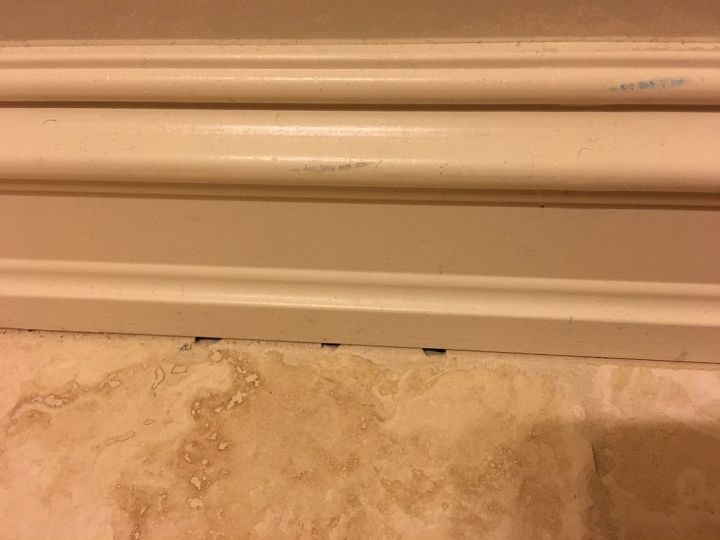I can't figure out why my light bulbs get loose!
Related Discussions
How to get rid of mice?
We seem to have some unwelcome Mickeys and Minnies in our house. What is the best way to get rid of them?
How to remove popcorn ceiling with asbestos?
I want to remove my popcorn ceiling, but it has asbestos in it. How do I go about this safely?
How to caulk baseboard gaps?
How do I fill gaps at baseboard, should I caulk? If so, does anyone know how to caulk baseboards?
How to fix squeaky hardwood floors?
How do I fix squeaky hardwood floors?
Can't get light bulb out of fixture
I know there is a way to remove the bulb, but can't remember. I am scared of it breaking off in my hand.
How do I kill the power from my main breaker?
I have a home built in 2006, the main panel does not seem to have a main breaker...? See attached pic of the main panel. It's a Siemens G3040 200 amp panel. Outs... See more





Can't help you but I have an annoying one in my kitchen fan and each time I re -tighten it I burn my fingers. I will await any answer anyone has.
I have experienced this problem in several lights in my home. I replaced the sockets that the light bulb sits in and voila..good as new! :)
Do NOT attempt this if you are unfamiliar with electrical gizmos!!
Also, depending on the age of the light fixtures you might not be able to buy the sockets and may have to replace the whole fixture :(
I have original light fixtures (circa 1930's) in my bathroom and I am going to attempt to find a socket that will fit into the fixtures, as my lightbulbs are burning out very quickly in them! I would really hate to replace the fixtures, as they are porcelain and are simply beautiful.
Good luck ladies!!
Two possibilities come to mind. The first is thermal cycling. When the lamp turns on, the parts of the bulb base and socket heat up, causing them to expand. However, not all parts heat at the same rate. In addition, the parts are made from different materials which have different expansion charactistics. Thus the parts change size, but not in perfect synchronization, which creates internal stresses that push on the bulb, loosening it or tightening it. ***** Random vibrations from things like people walking around, passing vehicles, and circulating air currents. Again, if these vibrations are not perfectly balanced—and they never are—then they will tend to nudge the bulb more in one direction than another. If they’re pushing in the unscrewing direction, they will nudge the bulb away from the electrical contacts and eventually out of the socket.
William is right ... so many factors go into the physics behind metal/ceramic/electric fittings. It is amazing we don't have more troubles with it. I wrap a very narrow line of Teflon tape at the mid-point of the screw in on some bulbs. It fills gaps and forces a difference in vibration. Hope that helps!
First of all, don't screw it in or out when it's hot, only when it's cold. Secondly, coat the base of the bulb with a thin coat of petroleum jelly. You will be less likely to have the bulb come apart later, when you seek to remove it after screwing it in firmly. Alternatively, the Teflon pipe thread tape sounds good, too.
The petroleum jelly is also a good idea in damp places, like over a range or an aquarium, to prevent corrosion.
I have some of those flat faced bulbs so will try that - thanks
I've had that problem mostly due to vibrations from those walking on the above floor, or garbage or delivery trucks that can cause more vibrations in one's home than you would think.
Ours is caused by the trains on the tracks about three blocks away as well as the other reasons for vibrations.